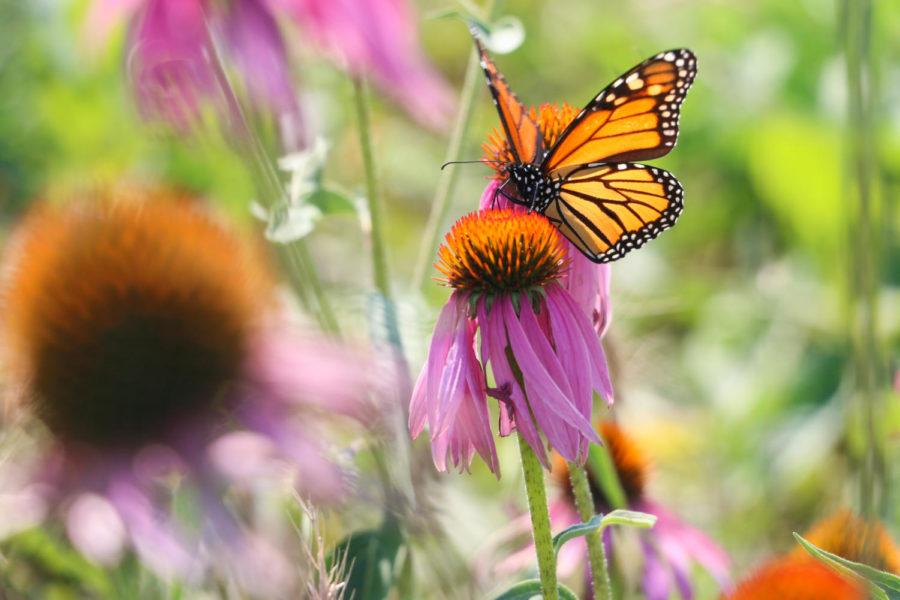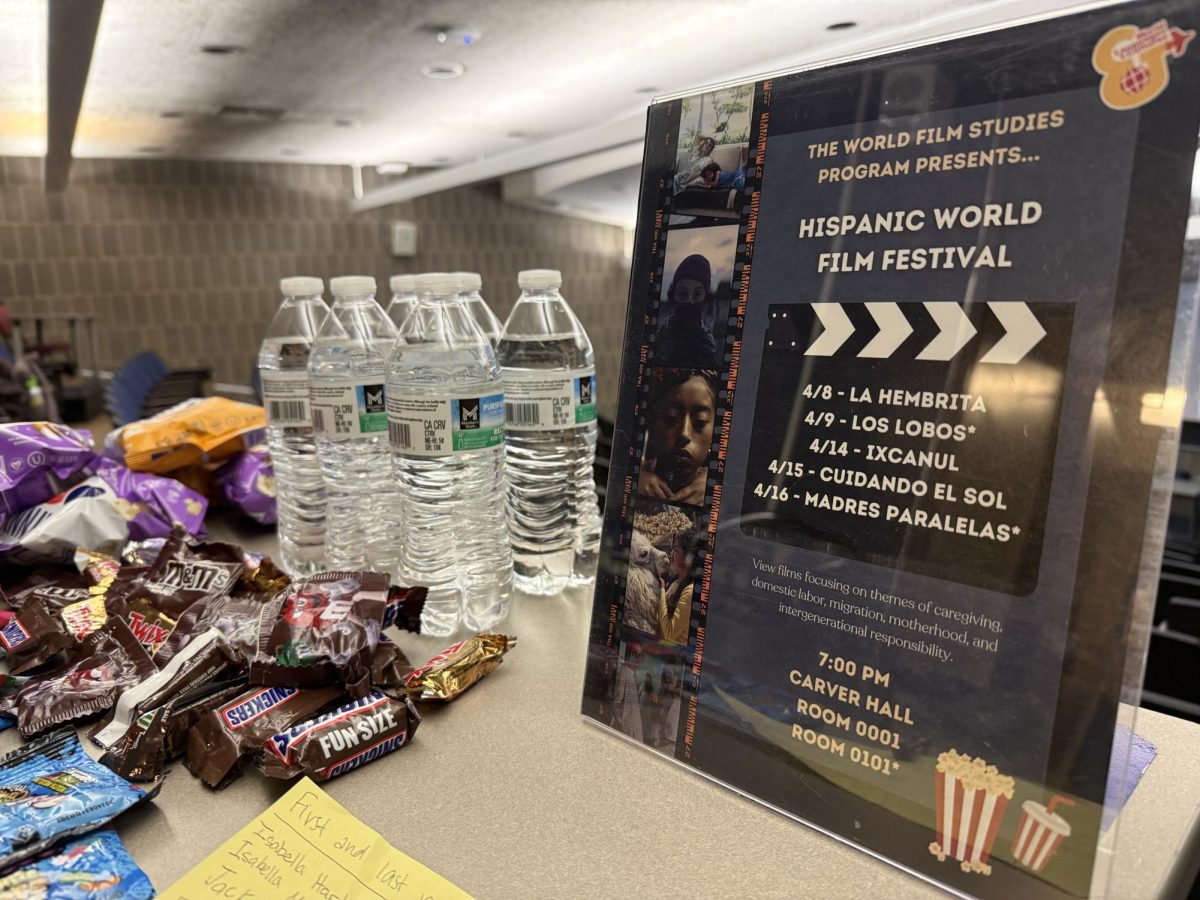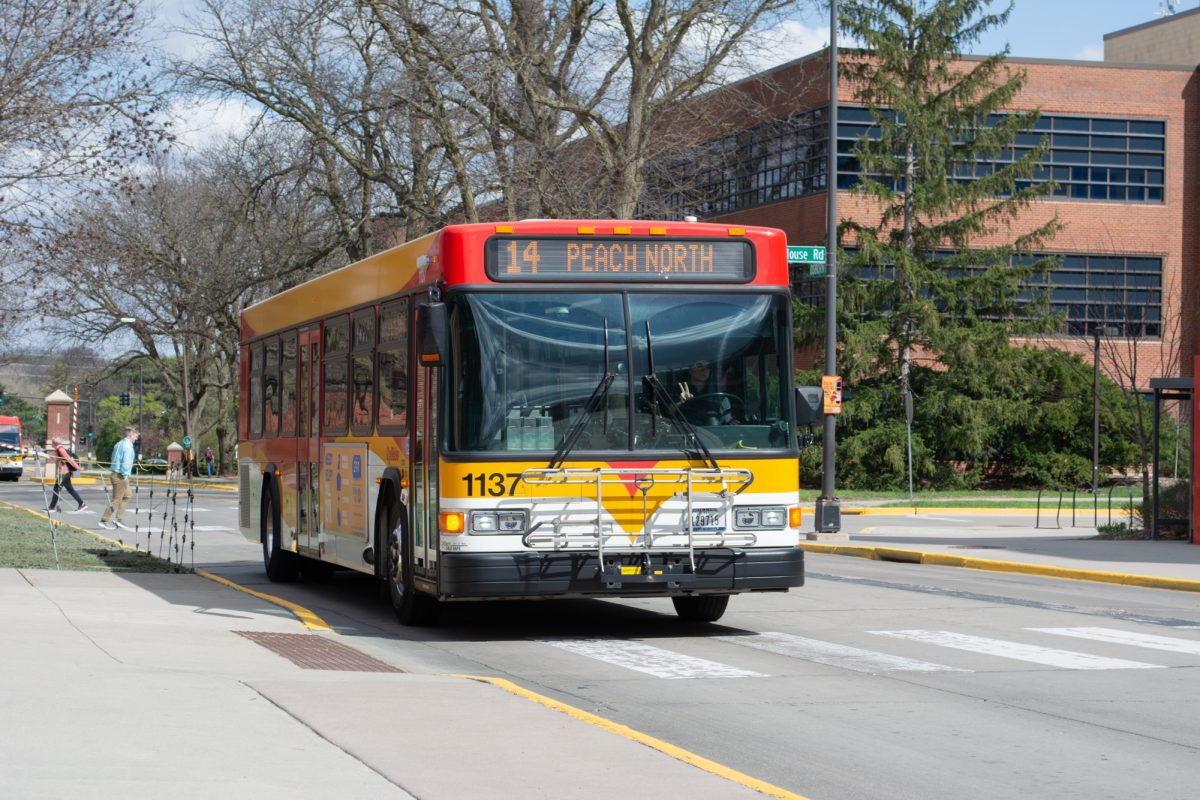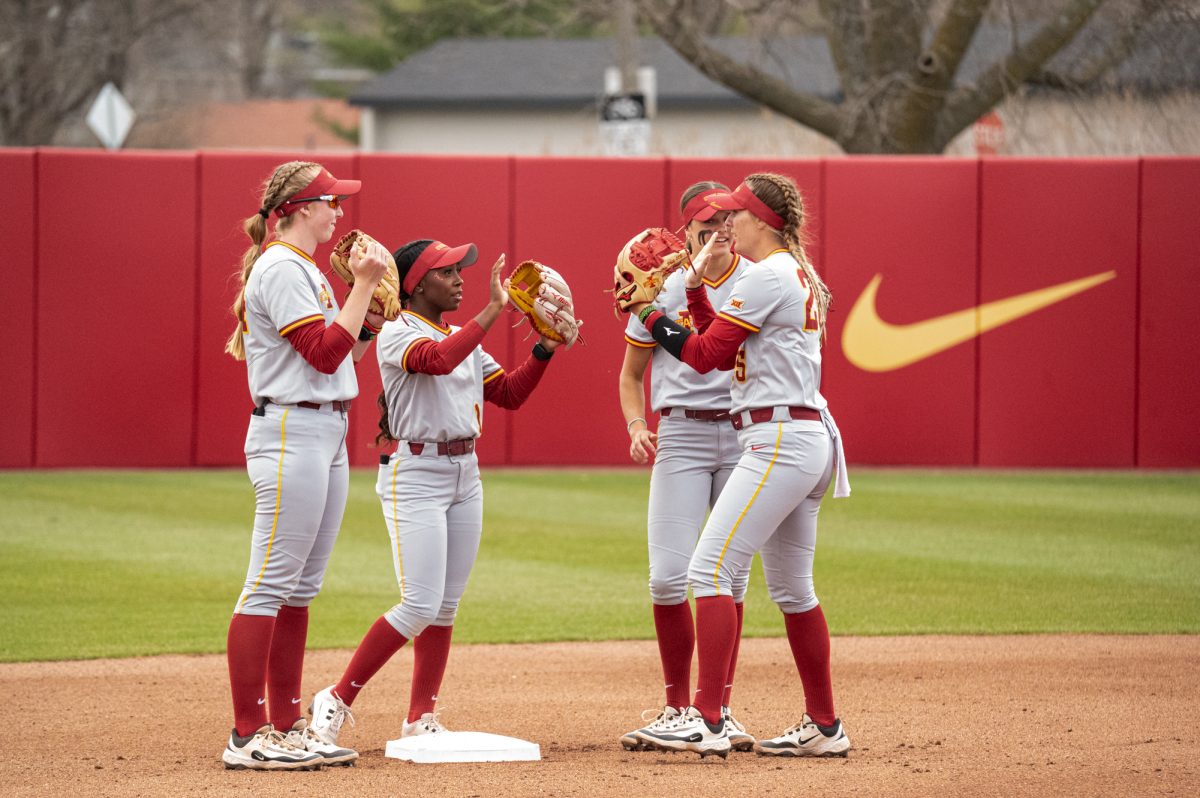50 years later: the Horticulture Research Station
September 13, 2017
Traveling north out of Ames on U.S. Highway 69, you won’t see much once you’re out of the city. As you leave the Gilbert High School football stadium behind and take a right down a gravel road, you’ll drive past almost two miles of corn fields until you see it, one of Iowa State’s most useful facilities: the Horticulture Research Station.
Opened in 1967, the Horticulture Research Station has been used to provide researchers, many of whom are students, all of the resources needed for them to learn and excel. This year marks the 50th anniversary of the station.
“So many of our students find themselves here, they learn what they really want to do,” said Nicholas Howell, the farm superintendent. “This is a wonderful place for that.”
The first horticulture classes at Iowa State were offered in 1869, and the program has had land for research farming nearly the whole time. From 1886 to 1924 there was an area of land used near Veenker Memorial Golf Course. In 1922, 220 acres were purchased southwest of campus for a farm to do fruit research.
All that remains of that farm today is a small shop on Arbor Street in Ames.
Due to the rapid expansion of both campus and Ames in the 1960s, there was pressure for the farm to find a new area. A farm about eight miles northeast of Ames, owned by the Pritchard family, seemed right to the committee tasked with finding a new location.
The farm was acquired by Iowa State in 1964, and the current Horticulture Research Station was completely functional by 1970.
Over the 50 years the Horticulture Research Station has been open and the main goals of how its research is used for the community have remained the same, said Dr. Jeffery Iles, professor and department chair of horticulture at Iowa State.
“It [the Horticulture Research Station] hasn’t changed a whole lot…it always has benefited not just the researchers and students at Iowa State, but the state of Iowa as a whole,” Iles said.
Iles has been involved with the station since he came to Iowa State in 1987, first working there as a student.
In the ’90s, Iowa State was taking budget cuts, and the horticulture department was having difficulty supporting the station financially. The Horticulture Research Station was going in decline, Howell said.
But then a decision was made to turn the farm over to Iowa State Research Farms, a different department within the College of Agriculture and Life Sciences.
That switch gave the farm the ability to financially support themselves through selling commodities. The Horticulture Research Station sells bulk corn and produce.
“This has allowed the farm to bring the facilities up to where it needs to be,” Howell said.
Howell has witnessed over $1 million in repairs since he arrived to the farm in 2006.
Iowa State Dining will buy 13 to 15 tons of apples this year, Howell said, as well as 3,000 pounds of pepper. All the revenue the Horticulture Research Station creates is for one focus.
“Sales are not our main purpose, we’re not here to make money,” Howell said. “We’re here to teach and do research.”
At the Horticulture Research Station, there are 230 acres of land, which include a vineyard, an apple orchard, turfgrass research, prairie land, bulk and vegetable production and the lake that irrigates the entire farm.
The lake at the station will pump out six-to-eight million gallons of water per year, Howell said.
It’s clean enough to drink, too. During its last test, the E. coli and chloroform levels were below drinking water standards.
“We take good care of our lake,” Howell said.
In 2016, there were 84 separate research projects completed at the Horticulture Research Station, spanning six departments at Iowa State. The departments that did research last year were horticulture, entomology, natural resource ecology and management, plant pathology and microbiology, agricultural and biosystems engineering, ecology and evolution and organismal biology.
“The scope of what we cover and research has increased so much over the years,” Iles said.
And that’s a trend Howell sees continuing.
“I’d like to keep seeing an up-kick in additional research projects,” Howell said. “Our potential is endless, I truly believe that.”
Recently, a focus of sustainability has been involved in many of the research projects at the farm. Dr. Ajay Nair is a horticulture professor who has been at Iowa State since 2011 and focuses on sustainable vegetable production in his research.
“[The Horticulture Research Station] is a learning center as much as anything else,” Nair said. “We’re showcasing how sustainability can work to both students and local growers, so that they can choose whether they want to implement what we’re doing.”
The scope of research and involvement at the Horticulture Research Station allows it to influence the learning of many different communities of students, inside and out of the College of Agriculture and Life Sciences.
“[The Horticulture Research Station] is one of the best farms in the entire Iowa State farm system, and one of the best that I’ve seen in my travel around the country,” Iles said.
With the 50th anniversary this year, the Horticulture Research Station will hold a celebration Saturday at the farm. There will be tours of the station, food, a farmer’s market and many other activities.
While 50 years is a huge milestone, it’s only a small step.
“I just hope the farm is around to celebrate its 100th anniversary,” Iles said.







